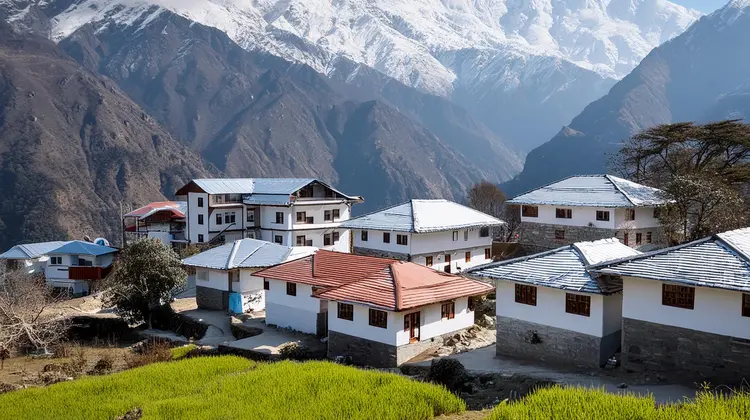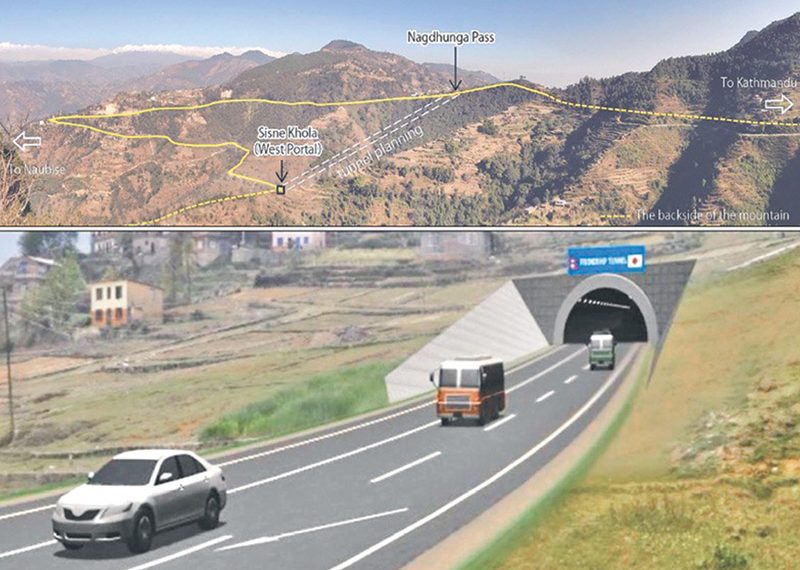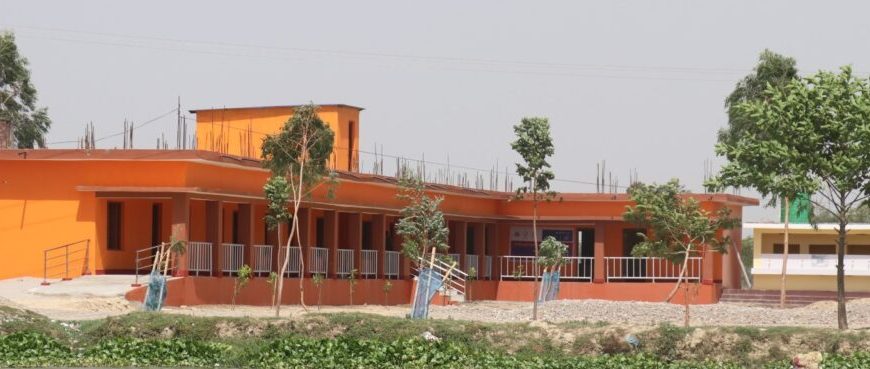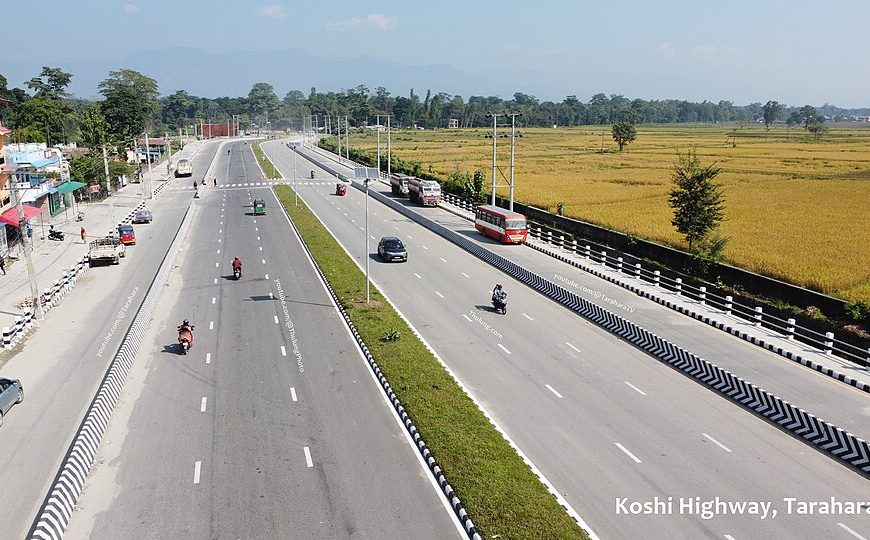Nepal’s property laws are a blend of modern statutory regulations and traditional land tenure systems. These laws govern the ownership, transfer, and management of both movable and immovable property, ensuring legal clarity and protection for property owners and stakeholders.
Key Legal Frameworks
Muluki Civil Code (2074/2017): This code provides the foundational legal structure for property rights in Nepal. It categorizes property into various types—private, joint, community, and public—and outlines the rights and obligations associated with each.
Land Act (2021/1964): This act regulates land ownership, registration, and transfer procedures. It establishes the legal process for land measurement, valuation, and the issuance of land ownership certificates.
Land Revenue Act (2034/1978): This act addresses land taxation, including the assessment and collection of land revenue, and stipulates penalties for non-compliance.
Land Acquisition Act (2034/1977): This act outlines the procedures for the government to acquire private land for public purposes, ensuring fair compensation and due process for landowners.
Types of Property Ownership
Freehold Ownership: Grants the owner full rights over the property, including the right to transfer, sell, or lease it.
Leasehold Ownership: Involves leasing the land for a specific period from the government or private landowners, with rights and obligations defined by the lease agreement.
Property Registration Process
Land Measurement: The land is measured by authorized surveyors to determine its size and boundaries.
Documentation: Necessary documents, including the landowner’s identity proof and previous ownership records, are prepared.
Application Submission: An application for registration is submitted to the local land revenue office.
Verification: The submitted documents are verified for authenticity and compliance with legal requirements.
Issuance of Ownership Certificate: Upon successful verification, a land ownership certificate is issued to the rightful owner.
Dispute Resolution
Disputes related to property ownership, inheritance, or land use are primarily resolved through the judicial system. The Muluki Civil Code provides mechanisms for resolving such disputes, including mediation and litigation procedures. Additionally, customary practices and community-based dispute resolution methods may be employed, especially in rural areas.
Unique Land Tenure Systems
Nepal recognizes traditional land tenure systems such as Guthi and Kipat, which are unique to the country:
Guthi System: A traditional landholding system where land is held in trust for religious or community purposes.
Kipat System: A customary land tenure system practiced by certain indigenous communities, where land is collectively owned and managed.
Conclusion
Understanding Nepal’s property laws is crucial for individuals and entities involved in land transactions, development projects, or dispute resolution. Familiarity with the legal frameworks, ownership types, registration processes, and dispute resolution mechanisms ensures compliance and protects property rights.


















